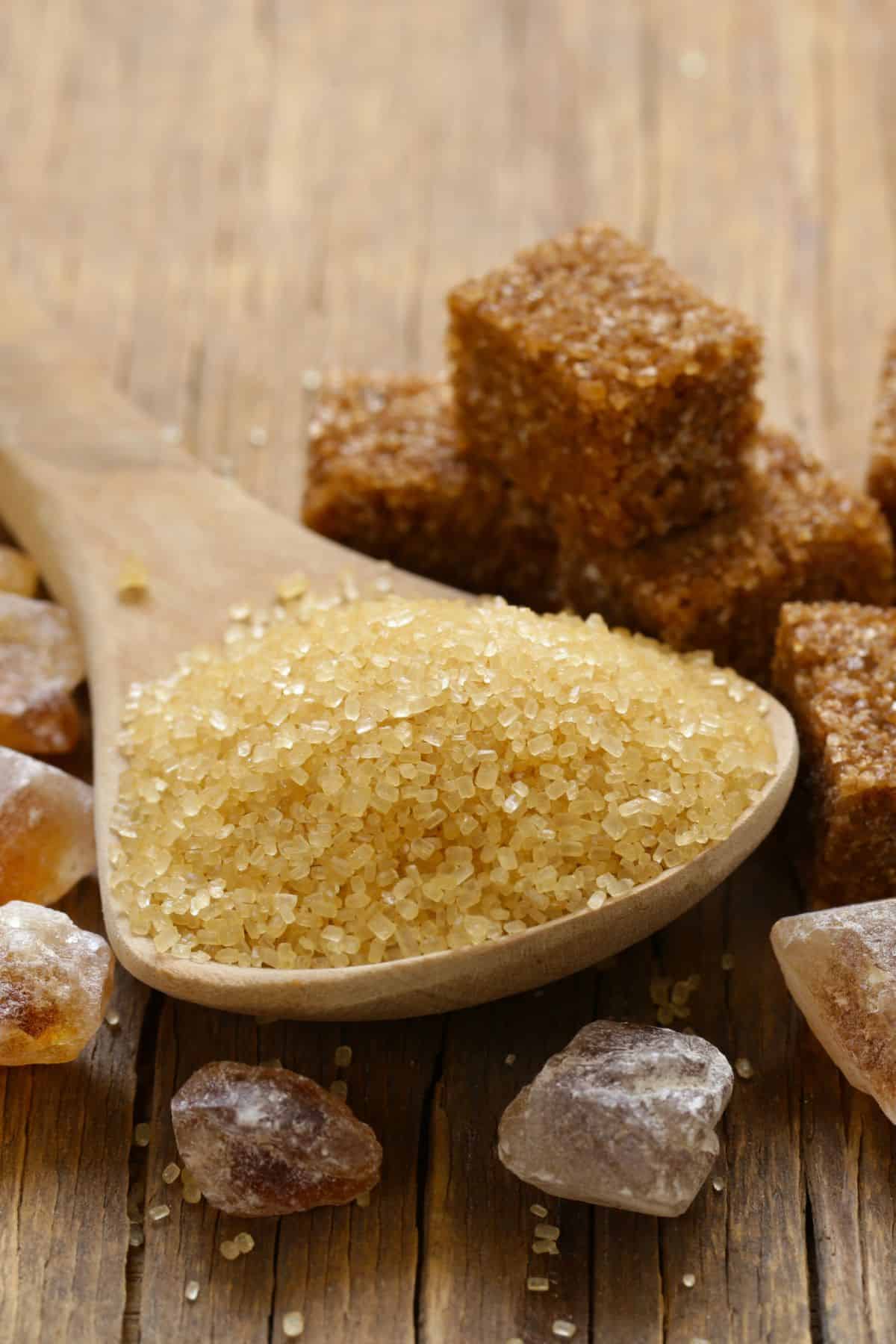Just How Walking Stick Sugar Handling Chemicals Improve Sugar Quality and Return
The duty of processing chemicals in walking cane sugar production is pivotal, as they directly affect both the high quality and return of the end product. By using compounds such as lime and phosphoric acid, makers can successfully eliminate pollutants and improve removal effectiveness. Furthermore, the unification of activated carbon and enzymes serves to maximize the break down of intricate sugars, inevitably bring about a purer and higher-quality sugar. The intricacies of how these chemicals interact within the handling atmosphere raising concerns about their long-term effects and possible advancements in the industry.
Review of Walking Cane Sugar Handling
Walking stick sugar processing includes a series of vital actions that change raw sugarcane into polished sugar products. The process begins with harvesting, where mature sugarcane stalks are cut and transferred to processing facilities. Upon arrival, the walking cane undertakes cleaning to remove pollutants such as soil and plant products.
Adhering to cleaning, the walking stick is squashed to remove the juice, which contains sucrose - sugar and cane. This juice undergoes clarification, where lime and heat are used to eliminate staying pollutants and non-sugar elements. The cleared up juice is after that evaporated to focus the sugar content, bring about the development of thick syrup
Following, the syrup is crystallized with a regulated air conditioning procedure, causing sugar crystals. These crystals are separated from the remaining syrup in centrifuges. The raw sugar obtained is commonly brownish because of residual molasses content. To achieve polished sugar, further filtration actions are used, consisting of washing, re-crystallization, and drying out.
The last product is either packaged as raw sugar or better refined into white sugar, dealing with numerous consumer and commercial requirements. This detailed series of steps guarantees the production of high-quality sugar, necessary for many applications in food and beverage industries.
Trick Handling Chemicals Used
The production of refined cane sugar relies upon different handling chemicals that play considerable duties at different phases. Amongst one of the most crucial are lime (calcium hydroxide), phosphoric acid, and sulfur dioxide. Lime is mainly made use of during the clarification phase to neutralize level of acidity and speed up impurities, leading to a clearer juice. This step is important for enhancing the general quality of the removed juice.
Phosphoric acid offers a double objective; it boosts the explanation process and assists in the elimination of color-forming substances, contributing to a higher pureness of the end product. In addition, sulfur dioxide functions as a lightening representative, enabling the effective elimination of undesirable pigments and boosting the color of the sugar.
Other noteworthy chemicals consist of triggered carbon, which is employed for more decolorization, and enzymes that facilitate the failure of complicated sugars into easier kinds, thus improving return. The mindful selection and application of these processing chemicals are crucial for enhancing the performance of sugar removal and refining procedures, eventually resulting in a more constant and greater top quality sugar product.

Influence On Sugar Top Quality
How do processing chemicals affect the top quality of refined sugar? The intro of various chemicals in the cane sugar processing stage click for info dramatically improves the purity and total quality of the last item.
Moreover, making use of turned on carbon and ion-exchange materials during the refining process plays an essential function in getting rid of off-flavors and unwanted smells, adding to the sugar's sensory profile. This refinement not just boosts the aesthetic and organoleptic qualities but additionally improves the life span by minimizing microbial activity connected with contaminations.
Additionally, the exact application of these chemicals makes sure that the sugar displays a consistent grain dimension and flowability, which are crucial features for both industrial applications and consumer choices. On the whole, the calculated use handling chemicals is fundamental in attaining high-quality polished sugar that fulfills sector criteria and consumer assumptions.

Enhancing Yield Performance
Enhancing return effectiveness in cane sugar processing involves optimizing various phases of manufacturing to maximize the amount of sugar removed from raw cane. One critical facet is the choice and application of suitable handling chemicals, which can assist in the malfunction of cell wall surfaces and boost sugar release during removal. Chemicals such as acids and enzymes play an essential role in this process by hydrolyzing polysaccharides and liquifying pollutants, thereby boosting the total removal effectiveness.

Regular surveillance and modification of processing parameters are necessary to maintain effectiveness throughout manufacturing (sugar and cane). By using these strategies, sugar manufacturers can not just enhance the quantity of sugar obtained however also lower waste and reduced manufacturing prices, contributing to an extra successful and lasting sugar look at more info processing operation
Benefits for Manufacturers and Customers
Walking cane sugar handling chemicals offer substantial benefits for both customers and manufacturers, creating a more lasting and efficient industry. For producers, these chemicals improve removal procedures, leading to greater returns and boosted sugar top quality.
The enhanced high quality of sugar translates to far better preference and consistency in food products. Furthermore, the usage of handling chemicals can lead to a much more secure supply of sugar, minimizing lacks and price spikes that can take place due to ecological aspects or market fluctuations.
Final Thought
The role of processing chemicals in walking cane sugar manufacturing is essential, as they straight affect both the high quality and return of the last product (sugar and cane). The incorporation of activated carbon and enzymes serves to optimize the malfunction of complex sugars, ultimately leading to a purer and higher-quality sugar.Walking stick sugar handling includes a series of essential actions that change raw sugarcane into refined sugar items.Enhancing yield performance in walking cane sugar handling includes enhancing various phases of manufacturing to make best use of the quantity of sugar drawn out from raw walking stick.Walking stick sugar handling chemicals play an important role in enhancing both sugar quality and return